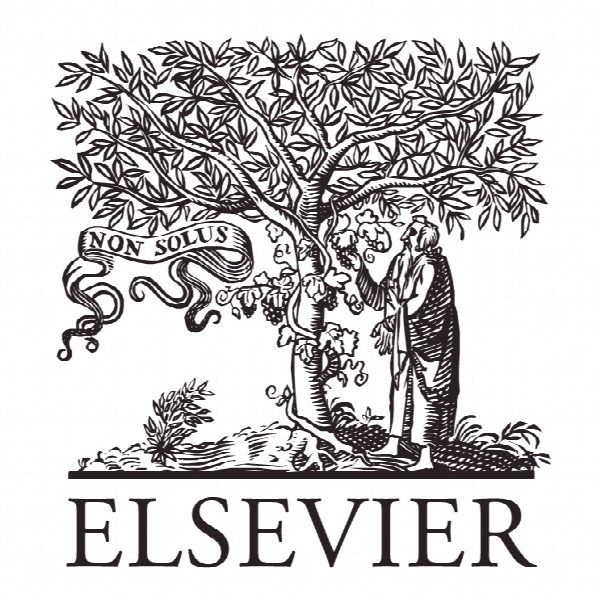چگونه تهییج انگیزه، استعداد رشد یافته را جذب می کنند؟ نقش واسطه ای از یادگیری کارکنان و احتمالات مرتبط با آن How do incentives motivate absorptive capacity development? The mediating role of employee learning and relational contingencies
- نوع فایل : کتاب
- زبان : انگلیسی
- ناشر : Elsevier
- چاپ و سال / کشور: 2018
توضیحات
رشته های مرتبط مدیریت
گرایش های مرتبط مدیریت منابع انسانی
مجله تحقیقات تجاری – Journal of Business Research
دانشگاه Shenzhen Audencia Business School − Shenzhen University – China
شناسه دیجیتال – doi https://doi.org/10.1016/j.jbusres.2018.01.010
منتشر شده در نشریه الزویر
کلمات کلیدی انگلیسی Absorptive capacity, Innovation incentives, Employee learning, Relational context, Expectancy theory, Equity theory
گرایش های مرتبط مدیریت منابع انسانی
مجله تحقیقات تجاری – Journal of Business Research
دانشگاه Shenzhen Audencia Business School − Shenzhen University – China
شناسه دیجیتال – doi https://doi.org/10.1016/j.jbusres.2018.01.010
منتشر شده در نشریه الزویر
کلمات کلیدی انگلیسی Absorptive capacity, Innovation incentives, Employee learning, Relational context, Expectancy theory, Equity theory
Description
1. Introduction Absorptive capacity (AC) is defined as “a firm’s ability to recognize the value of new information, assimilate it, and apply it to commercial ends” (Cohen & Levinthal, 1990, p. 128). AC can be viewed as one of a firm’s fundamental learning capabilities, which is closely related to successful product innovation and superior performance (Lane, Koka, & Pathak, 2006; Lewin, Massini, & Peeters, 2011; Zahra & George, 2002). Given its significant implications, researchers are interested in understanding the causal factors of AC and propose various antecedents, including prior related knowledge (Cohen & Levinthal, 1990), R&D investment (Huang, Lin, Wu, & Yu, 2015), organizational capabilities and mechanisms (Jansen, Van Den Bosch, & Volberda, 2005), and knowledge management processes (Lewin et al., 2011). Despite these rich insights, prior studies on the drivers of AC tend to overlook the influence of employee participation and motivating factors provided by the organization, which are key elements in the “microfoundation” of organizational capability (Chen & Huang, 2009; Foss, 2011). While motivation and capability are distinct constructs, employees’ motivation and participation are indispensable to the development of firm capabilities, given that a firm’s knowledge and capability ultimately resides within and among individual employees (Ebers & Maurer, 2014; Minbaeva, Pedersen, Björkman, Fey, & Park, 2003; Volberda, Foss, & Lyles, 2010). Based on expectancy theory (Vroom, 1964), incentives link desirable future gains for employees to their achievement of organizational goals, making them motivated to exert effort to meet organizational expectations (Cadsby, Song, & Tapon, 2007; Trevor, Reilly, & Gerhart, 2012). Innovation incentives, defined as the firm’s use of strategic compensation tactics that reflect employees’ learning and innovative efforts (Wei & Atuahene-Gima, 2009; Yanadori & Marler, 2006), relate positively to the exchange, acquisition and creation of new knowledge, such that they are highly relevant for enhancing employees’ motivation and ability to learn new knowledge, which subsequently lead to the development of AC. Moreover, how the relational context in the workplace shall shape the effectiveness of innovation incentives is under-studied. According to equity theory, incentives are inevitably socially and relationally constructed, because social comparison processes are likely to occur when incentives are given to employees in a differentiated manner (Greenberg, Ashton-James, & Ashkanasy, 2007). This suggests that individual employees do not respond to their own incentives in isolation, but instead are influenced by their relative standing among their peers (Shaw, Gupta, & Delery, 2002; Trevor et al., 2012). Inadequately allocated incentives could evoke feelings of injustice and dysfunctional competition that in turn undermine social behaviors and performance (Pfeffer & Langton, 1993; Siegel & Hambrick, 2005; Yanadori & Cui, 2013). Overall, equity theory explains the conditions under which innovation incentives would be effective in developing AC, what remains understudied is how the perception is formed and affected by the relational context in the workplace.


